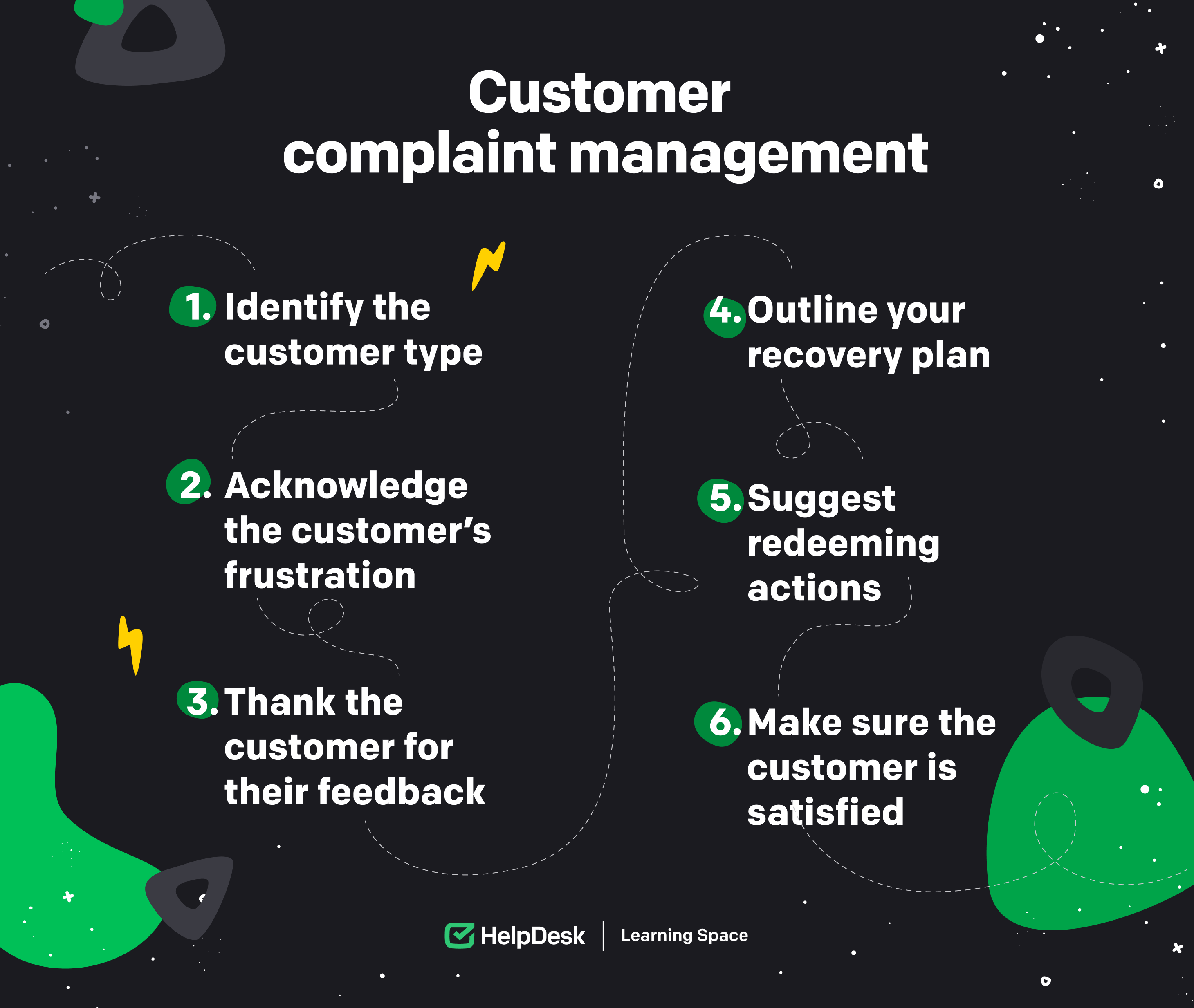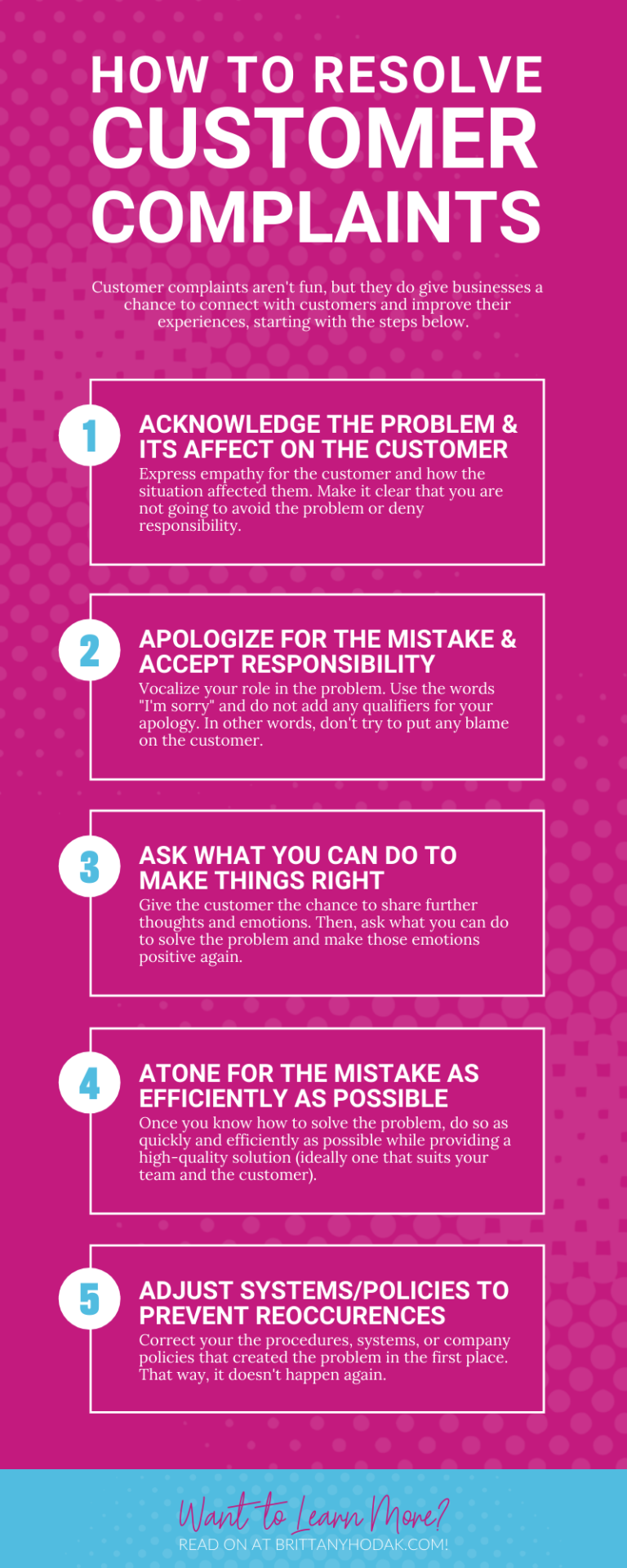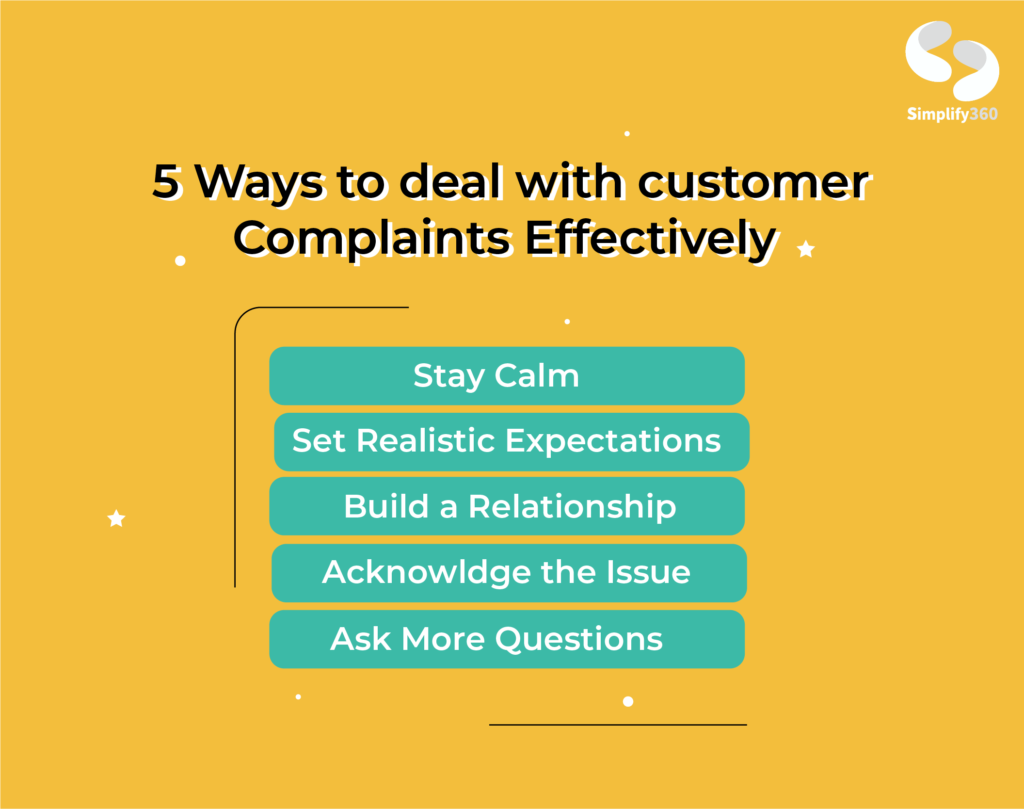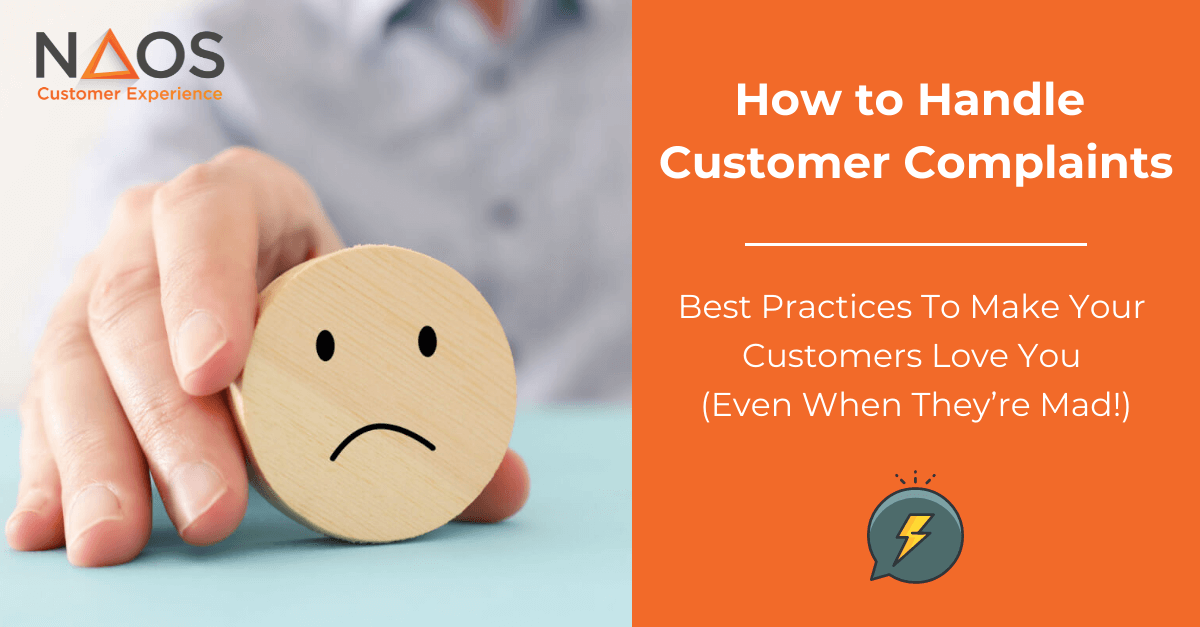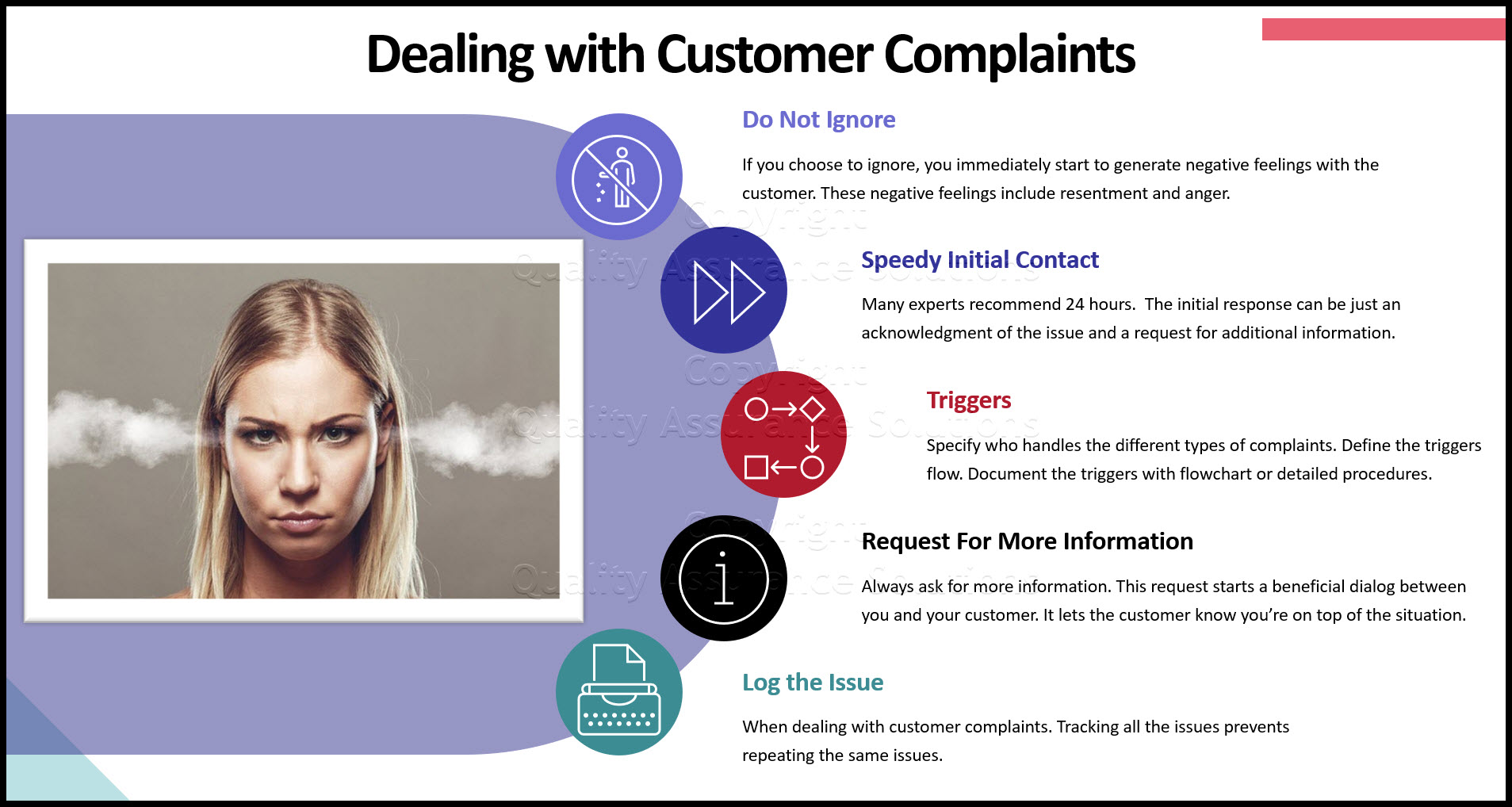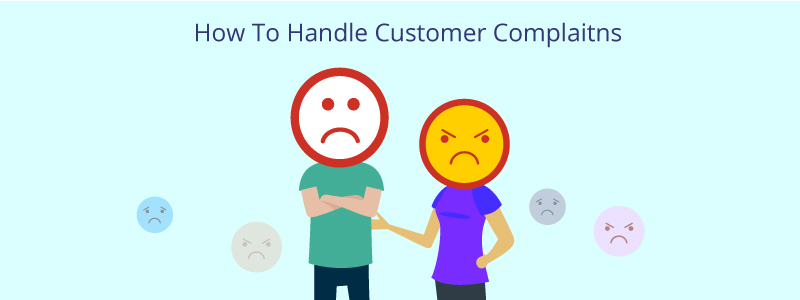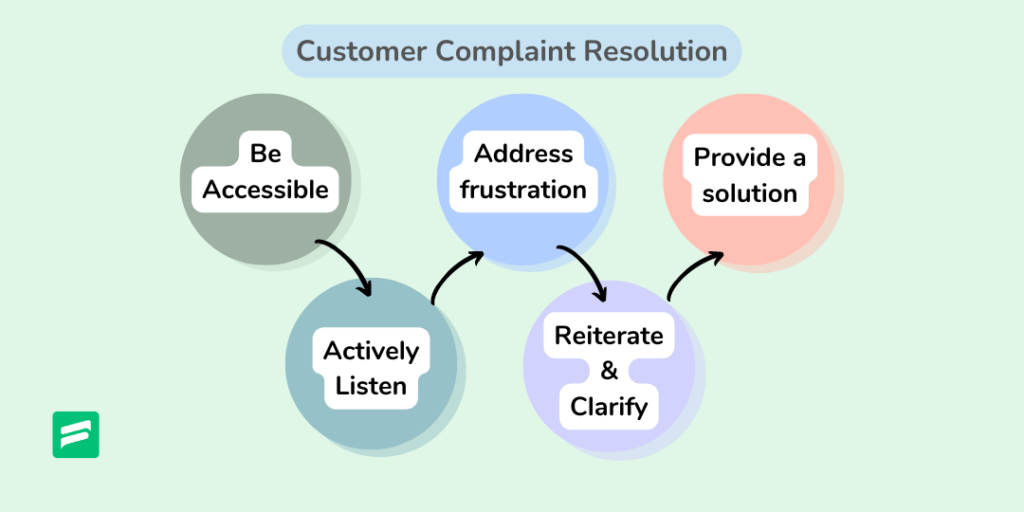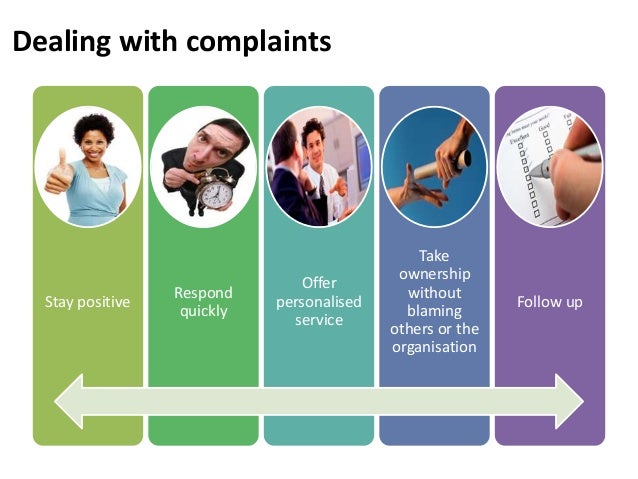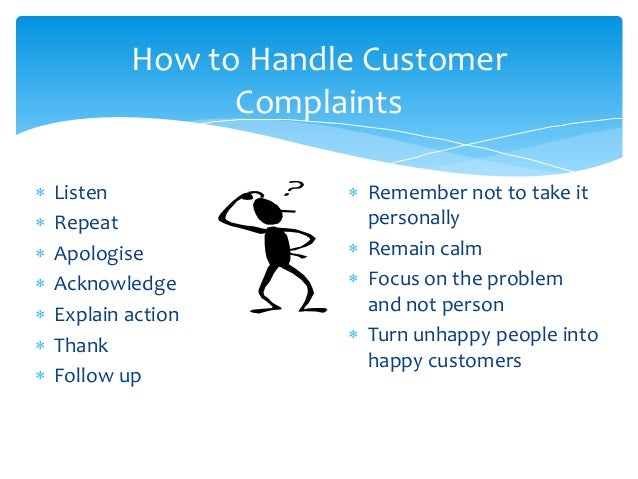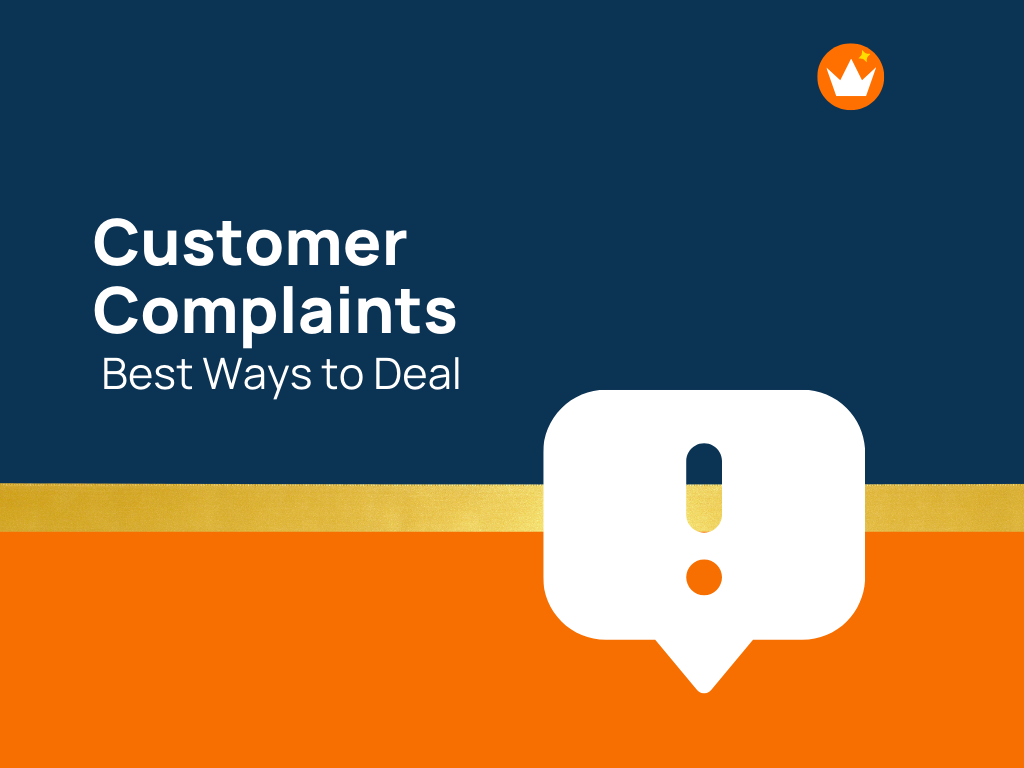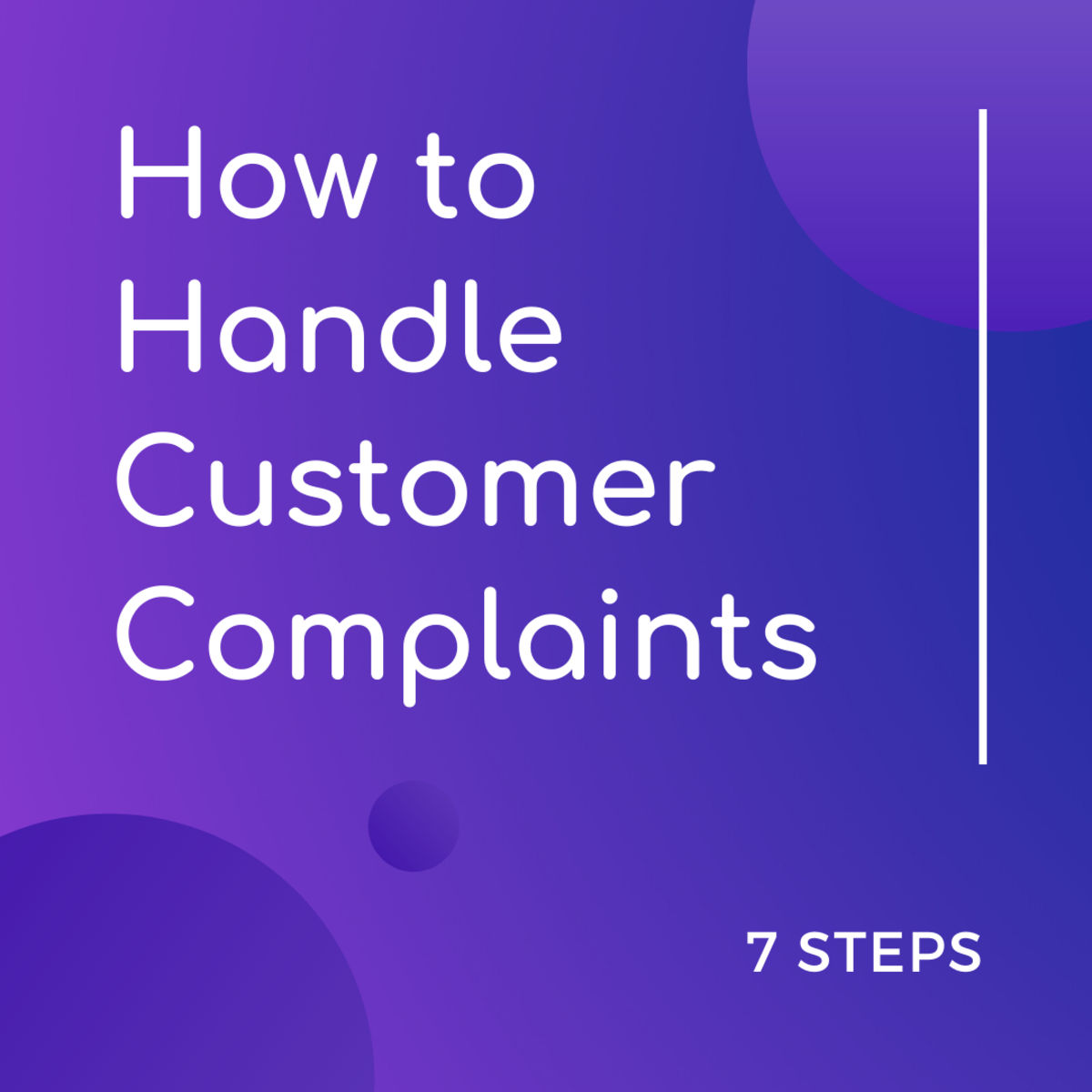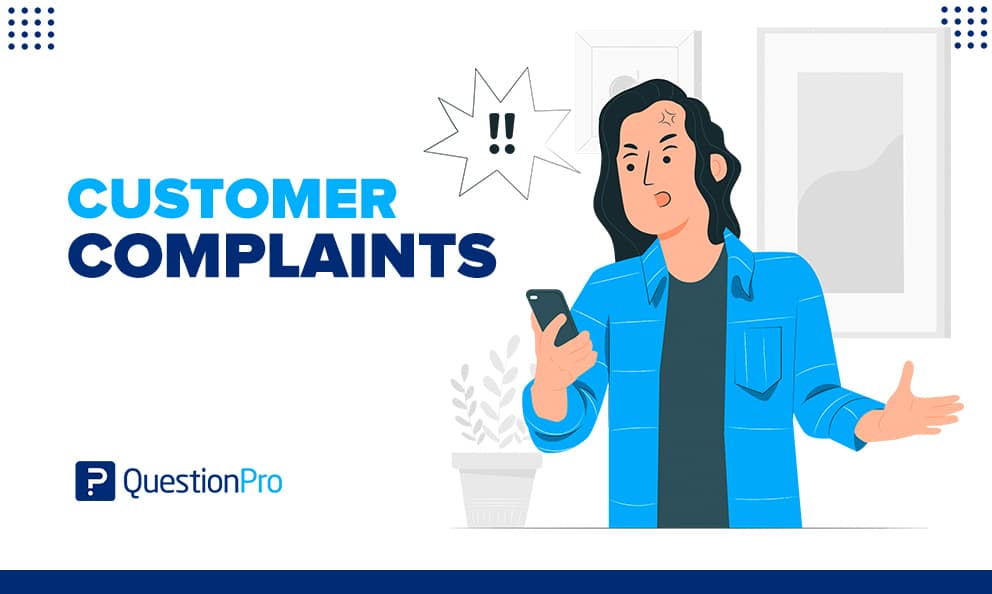How To Deal With Client Complaints

Client complaints are escalating, threatening business reputations and bottom lines. Immediate action is crucial to mitigate damage and retain valuable customers.
The Urgency of Addressing Client Complaints
Unresolved client grievances can rapidly spiral into negative online reviews, social media storms, and ultimately, lost revenue. Ignoring these issues is no longer an option.
This article provides a streamlined approach to handling client complaints effectively and efficiently.
Step-by-Step Guide to Complaint Resolution
1. Active Listening and Empathy
First and foremost, listen. Let the client fully express their frustration without interruption, unless clarification is needed.
Demonstrate empathy by acknowledging their feelings. For example, try using statements like, "I understand your frustration" or "I see why you're upset."
This simple act can de-escalate the situation significantly. According to a 2023 study by Customer Experience Professionals Association (CXPA), empathy is a key driver of customer satisfaction during complaint resolution.
2. Prompt Acknowledgment and Response
Time is of the essence. Acknowledge the complaint within 24 hours, even if a full resolution isn't immediately possible.
A quick email or phone call confirming receipt of the complaint and outlining the next steps can reassure the client that their issue is being taken seriously.
Data from a Harvard Business Review study shows that companies who respond to customer service requests within an hour are seven times more likely to qualify the lead.
3. Investigation and Solution
Thoroughly investigate the complaint. Gather all relevant information, including internal records, communications, and any other pertinent data.
Identify the root cause of the problem. Was it a product defect, a service failure, or a miscommunication?
Once the cause is determined, develop a solution that addresses the client's concerns. This might involve a refund, a replacement product, a discount on future services, or a simple apology.
4. Communication and Follow-Up
Keep the client informed throughout the resolution process. Provide regular updates on the progress of the investigation and the proposed solution.
Communicate clearly and concisely, avoiding jargon or technical terms that the client might not understand. Transparency is key.
After the issue is resolved, follow up with the client to ensure they are satisfied with the outcome. This shows that you value their business and are committed to providing excellent customer service.
Preventing Future Complaints
While resolving individual complaints is important, preventing future issues is even more crucial. Analyze complaint data to identify recurring problems and implement systemic changes.
Invest in employee training to improve customer service skills and product knowledge. Equip your team with the tools and resources they need to handle complaints effectively.
Regularly review and update your policies and procedures to ensure they are aligned with customer expectations. Proactive problem-solving is essential for long-term success.
Ongoing Development
The strategies outlined above are a starting point. Continuous improvement and adaptation are necessary to stay ahead of evolving customer expectations.
Monitor industry trends, solicit feedback from clients, and regularly evaluate your complaint handling processes to identify areas for improvement. The Customer Care Measurement and Consulting (CCMC) group provides benchmarks and best practices for managing customer complaints.
By prioritizing client satisfaction and investing in effective complaint resolution strategies, businesses can transform challenges into opportunities for growth and loyalty.
